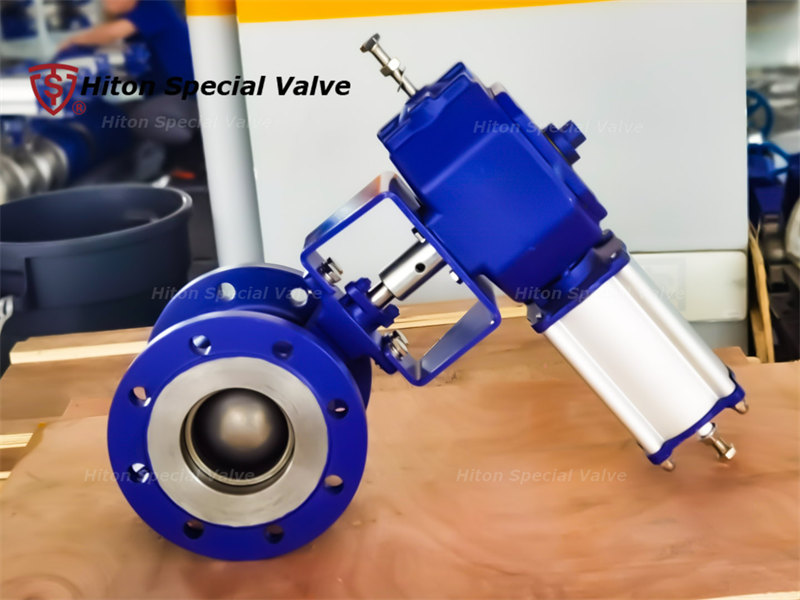Segmented ball valve, also known as V-port ball valve, is a commonly used fluid control device that offers several advantages. Here are the main advantages of a segmented ball valve:
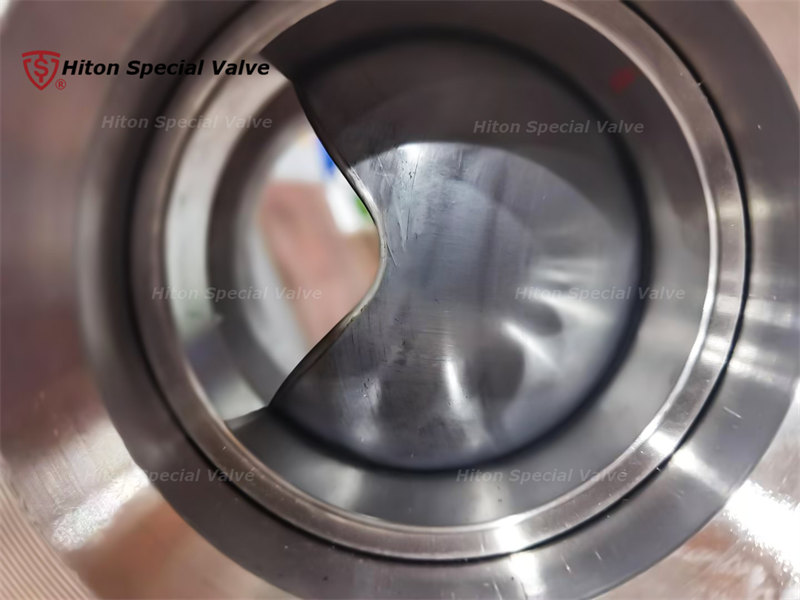
1. High fluid control accuracy: The segmented ball valve features a ball with a V-shaped port, providing a large control range for precise adjustment of fluid flow and pressure. It enables more accurate flow control, ensuring precise and reliable fluid control.
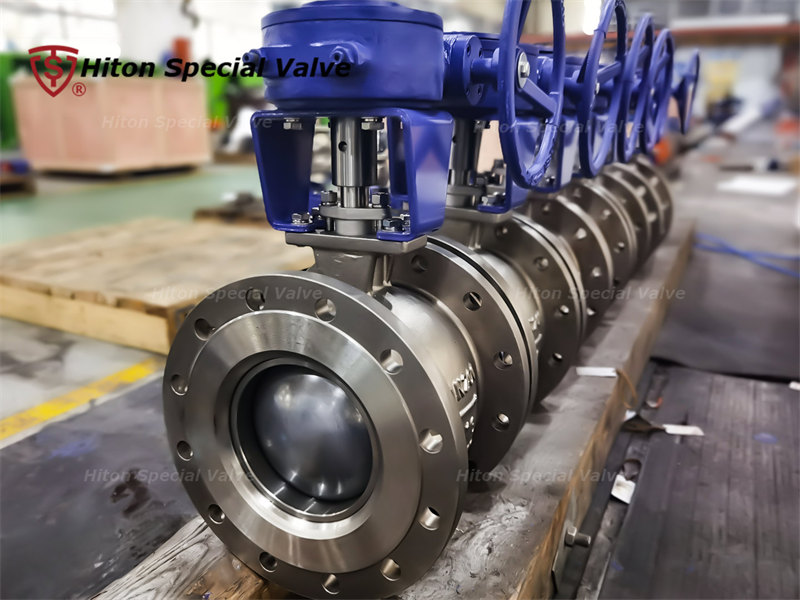
2. Zero leakage: The segmented ball valve utilizes an elastic seat ring seal, which ensures a complete fit with the ball surface when closed, resulting in zero leakage. This sealing design makes the segmented ball valve suitable for applications with stringent leakage requirements, preventing fluid leaks that can harm the environment and equipment.
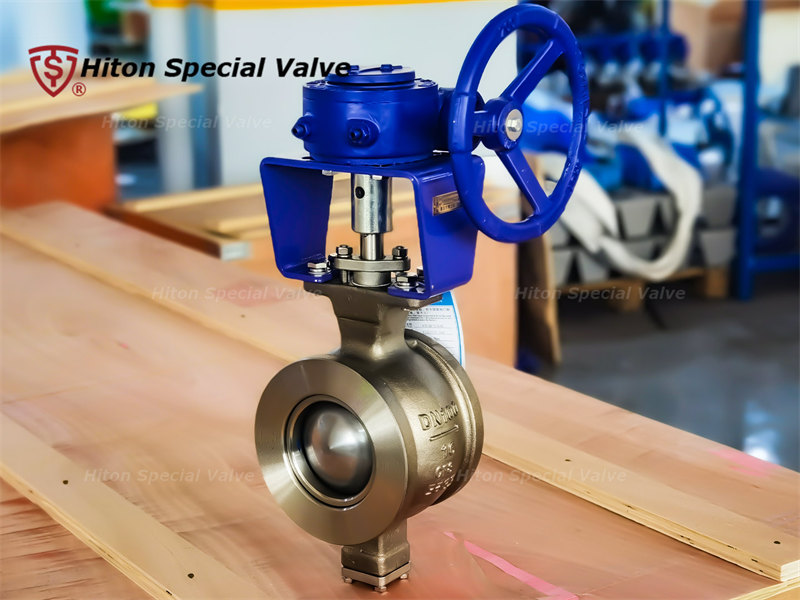
3. High flow capacity: Due to the V-shaped design of the ball, the segmented ball valve offers a larger flow area, reducing fluid resistance and enhancing flow capacity. This makes it suitable for applications that require handling high flow rates.
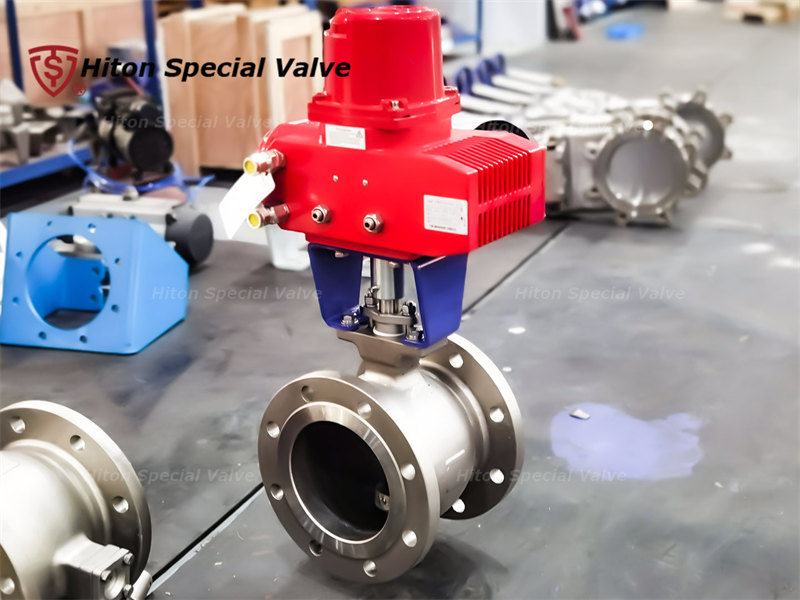
4. Excellent corrosion resistance: Segmented ball valves are typically constructed from corrosion-resistant materials such as stainless steel and alloy steel, effectively resisting corrosion and wear. This allows the segmented ball valve to maintain good performance and longevity when handling corrosive media or during prolonged use.

5. Quick opening and closing with easy operation: The segmented ball valve operates by rotating the ball, providing simple and convenient operation, as well as fast opening and closing speed. This advantage is particularly beneficial for applications that require frequent switching.
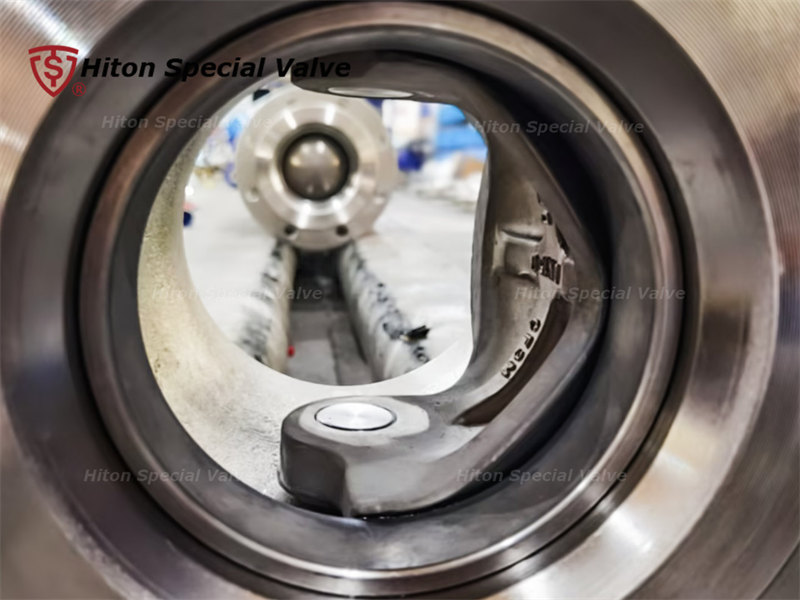
6. Good adaptability and reliability: Segmented ball valves exhibit excellent adaptability, making them suitable for various media and operating conditions, including high temperatures, high pressures, and low temperatures. With their simple structure and high reliability, they can operate stably in diverse and harsh environments.
